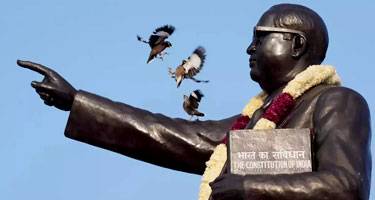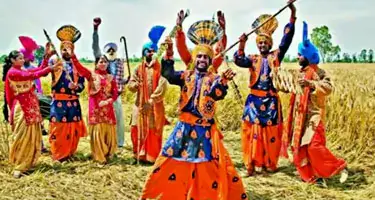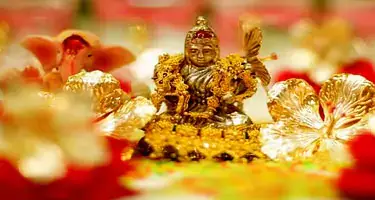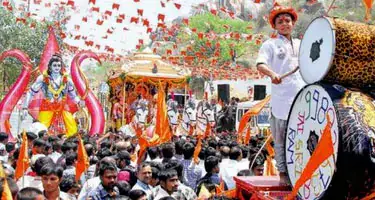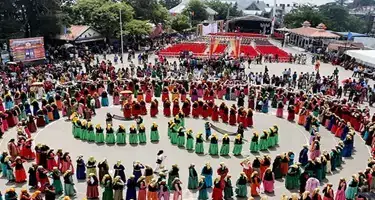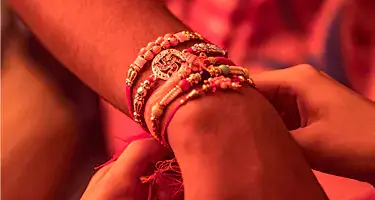April 2025 is a vibrant month in India, filled with various festivals in April 2025 that showcase the country’s rich cultural diversity. Each region celebrates in its unique way, bringing together traditional rituals and a strong sense of community. One of the most significant festivals is Baisakhi, which marks the Punjabi New Year and the harvest season. Celebrated with great enthusiasm in the northern states, especially Punjab and Haryana, Baisakhi is a time of thanksgiving for a good harvest. The day is filled with lively bhangra and Giddha performances, festive moods, and community prayers at Gurudwaras. Another famous festival of April is Vishu, which is observed predominantly in Kerala.
Vishu signifies the traditional new year in Kerala, and it is celebrated with a unique arrangement of auspicious items called Vishukkani, along with feasts and fireworks. Families come together to offer prayers, and children receive gifts in the form of money, known as Vishukaineetam. Simultaneously, Tamil Nadu celebrates Puthandu, which is a Tamil New Year with a similar festival spirit and traditional rituals that highlight the importance of family and prosperity for the upcoming year. In West Bengal and Odisha, the festival of Pohela Boishakh marks the Bengali New Year, a major cultural festival in April.
The streets come alive with processions, traditional music, and fairs. Bengalis indulge in special meals and cultural performances, making it a day of joy and reflection. Similarly, Maha Vishuba Sankrnti is celebrated in Odisha to mark the arrival of the New Year with special prayers and offerings to Lord Shiva. The colourful festivals in April 2025 in India continue to Mahavir Jayanti, the important Jain festival celebrated with processions, prayers and charitable activities in honour of Lord Mahavira, the 24th Tirthankara. Ram Navami, which celebrates the birth of Lord Rama, is also observed widely across India during this time, with religious recitals and grand processions.
| Name | Date | Festival Destination |
| April Fool Day | 01 Apr 2025 | India |
| Odisha Day | 01 Apr 2025 | Odisha |
| Tamil New Year (Puthandu) | 14 Apr 2025 | Tamil Nadu |
| Dr. Ambedkar Jayanti | 14 Apr 2025 | India |
| Baisakhi | 13 Apr 2025 | Punjab |
| World Heritage Day | 18 Apr 2025 | India |
| Earth Day | 22 Apr 2025 | India |
| Akshaya Tritiya | 30 Apr 2025 | India |
| Mahavir Swami Jayanti | 10 Apr 2025 | India |
| Ram Navami | 06 Apr 2025 | India |

